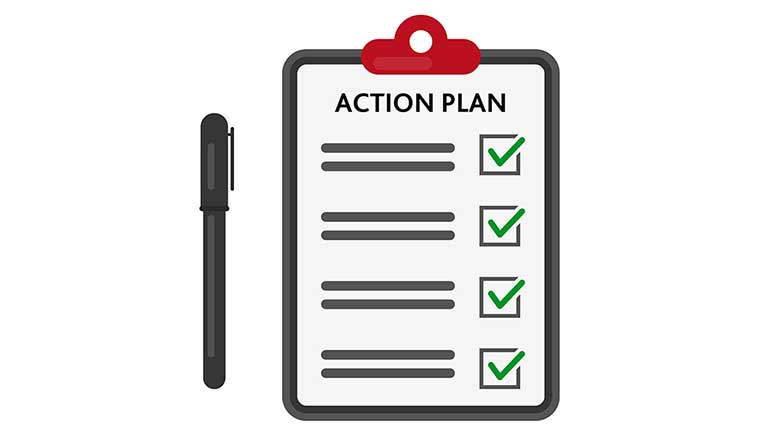We all make mistakes every day, whether it’s spilling coffee or forgetting a meeting. Everyone has the capacity to make mistakes. So how do we correct our mistakes and grow? I’ll outline a step-by-step procedure for creating an error-friendly culture and how to learn from mistakes in this useful tutorial.
However, if you carry on in the same way as before, there’s a considerable chance you’ll commit the same mistake once more. Making mistakes may seem like the end of the world, but they actually offer a great chance to grow.
Which LMS platform is right for you? This article will explain it more
How To Learn From Mistakes: 6 Steps
Making errors is acceptable, but you must be prepared to deal with the repercussions. After resolving the issue, you have time to consider what went wrong and how you can prevent it in the future. The information below includes comprehensive advice on how to learn from mistakes.
Step 1: Recognize your error
Recognizing your error and owning it is the first step to improving. It is challenging to start the journey of self-discovery if we don’t recognize and accept our imperfections.
People sometimes hide behind someone else when they make mistakes because they are afraid of being judged and reprimanded. Your attitude might get a little better for a while, but the guilt will still be there.
The best course of action psychologically is to own your mistake and accept full responsibility. Avoid attempting to explain or rationalize anything.
Acknowledging a mistake is the first step in fixing it. Not only will you respect yourself and your peer more as a result, but it will also provide you the much-needed mental peace.
Step 2: Avoid thinking about the past
Have you ever found yourself overly focused on the time it took you to descend the stairs? Or did coffee spill on your dress? The largest obstacle to advancement is dwelling on the past, even though we’re all periodically prone to it.
Dwelling on the past is like starting a book over and over and expecting the ending to change. Overthinking leads to worry, unhappiness, and ultimately self-destructive conduct in addition to reliving old scars. Life goes on even if you don’t.
First, learn to accept your shortcomings. Although the past cannot be changed, you can learn from your errors and avoid repeating them in the future. It’s also essential to practice self-care. Start a journal, take up a new hobby, and get help if you require it.
Step 3: Alter your perception of the error
Perspective is typically the one factor that distinguishes a successful person from a failure. A successful person sees failure as an opportunity to grow. The others, on the other hand, see mistakes as failures that ought never to be repeated.
Modify your perspective on mistakes. Instead of thinking of them as dreadful and painful, use them as a teaching opportunity. Remember that making mistakes on the route to success is common.
The founder of SpaceX and a multibillionaire, Elon Musk is ranked as the third richest person in the world. If he had given up on the idea of self-landing rockets after failure, he wouldn’t have made history with his rockets.
Errors serve as a development indication. They show that you are attempting novel things rather than simply lazing around. In spite of the fact that they could seem like barriers in your way, they are actually heightening the exhilaration of your goal-oriented drive for accomplishment.
Step 4: Examine your options
To use mistakes as a teaching tool, you must understand precisely what went wrong and why. When you look at the context of your mistakes, you will find more alternatives for action. Take into account both facts and feelings when ranking alternatives to determine which has the best chance of succeeding.
Step 5: Create a plan of action
After weighing all of your options and evaluating them in terms of priority, it’s time to develop an action plan. It must contain recommendations for future changes you could make to get better results. After gathering and analyzing the essential data, carry out the plan.
At any age, we can learn new things. To avoid making the same mistake again, we might need extra skills or resources. Make use of them to improve and adjust your action plan as needed.
Step 6: Be prepared for additional errors
Learning requires making mistakes, and avoiding risk-taking is worse than trying and failing. Despite your greatest preparations, accidents still occur. You’ll make new mistakes, but you can manage the situation better and limit the consequences of those mistakes.
Making decisions with a solution-oriented perspective is the best method to anticipate and learn from errors. It enables you to make plans in advance and concentrate on identifying solutions rather than problems.
Make sure you’re looking back with gratitude while also applying the lessons from past failures to help yourself go forward.
Get a Huge Discount On the greatest LMS platform
Quick Links:





